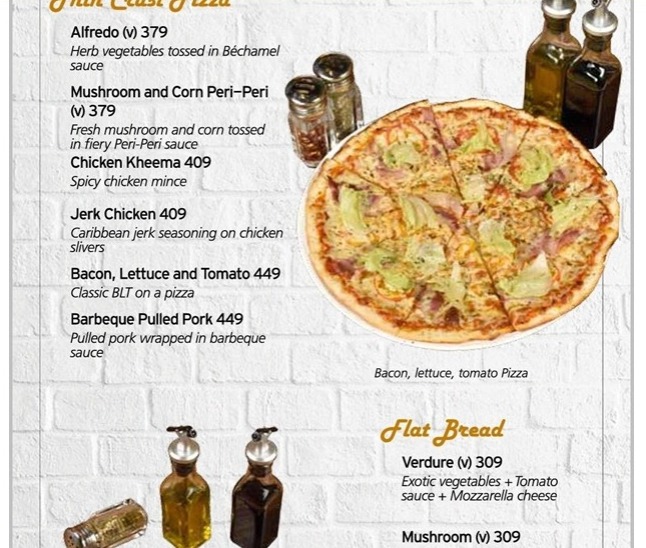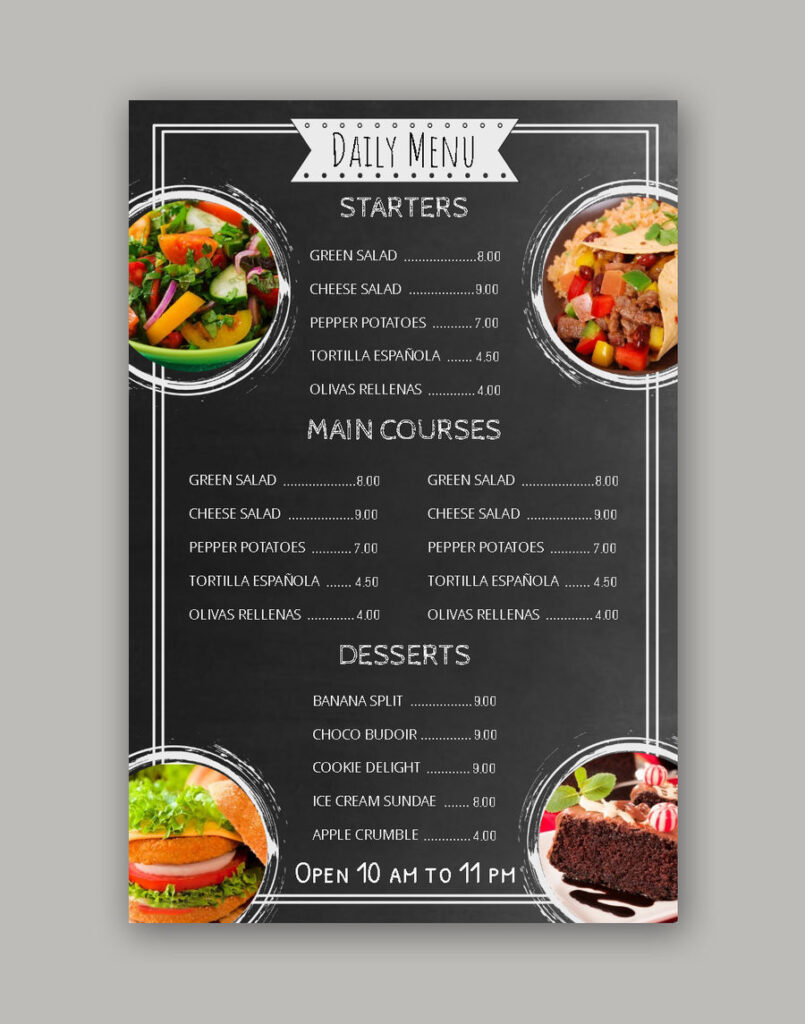Hotel Management Class Notes 20
Menus
Chapter Outline:
- Importance of the menu
- Types and categories of menus
- Advantages and disadvantages of different types of menus
- Principles of menu planning and factors to consider
- Steps in planning menus
- Menu psychology
- Accuracy in menus

MENU Introduction :-
Menu is the statement of food and beverage items available or provided by food establishments primarily based on consumer demand and designed to achieve organizational objectives. It represents the focal point around which components of food service systems are based. The menu is designed carefully what the outlet wants to cater for, keeping in mind the type of clientele. The main advantage of a well-planned menu is that it leads to consumer satisfaction. It also helps to motivate the employees for a responsible and successful service
Origin of Menu :-
Originally the “bill of fare”, as it is termed in English, or menu in French, was not presented at the table. The banquet consisted of only two courses, each made up of a variety of dishes, anything from 10 to 40 in number. The first 10-40 dishes were placed on the table before the diners entered- hence the word entrée- and, when consumed were removed or relieved by 10-40 other dishes- hence the words relevés and removes came into existence.

Objectives of Menu Planning
The aim of menu planning is to:
- Meet nutritional needs — ““Recognition that food is treatment”– part of medical therapy
2.Plan meals within the food cost
3.Simplify purchase, preparation, and storage of meals
4.Provide attractive, appetizing meals with no monotony
- Save time and money
6.Minimize overhead expenditure, i.e., fuel, electricity, water, labor.
7.Meet//exceed customer expectations
8.Determine production methods and distribution systems
9.Dictate staffing levels
10.Provide quality,, standardization & predictability


Type of menu :-
The type of menu to be implemented in operations should be borne in mind while planning the menu. The la carte menu will offer extensive choice under each category and table d’hôte menu will have a set number of courses with a limited choice at set price.
Types of Menu The menu are basically of two types:-
Types of Menu The menu are basically of two types:-
1) À la carte·
2)Table d’hôte·
À la Carte menu
The term à la carte may be translated as ‘from the card’. This type of menu may be defined by the following points:-
- It gives a full list of all the dishes that may be prepared by the establishment
- Each dish is priced separately
- A certain waiting time has to be allowed for many of the dishes
- Some dishes are cooked to order
This type of menu may be offered on its own in a first-class establishment, or in conjunction with a form of table d’hôte or carte du jour menu in a smaller catering establishment. The dishes may be changed according to season- oysters, melon, asparagus, game- but each item will remain individually priced.
Table d’hôte
The definition of table d’hôte menu is covered by the following points:-
- The menu has fixed number of courses
- There is a limited choice within each course
- The selling price of the menu is fixed
- The dishes provided will all be ready at a set time
This type of menu may be offered by itself or in conjunction with an à la carte or carte du jour menu. It is the more popular and simpler form of menu, being easier to control and operate and giving less wastage of food. The set price of the table d’hôte menu is charged whether or not the full menu is consumed.




